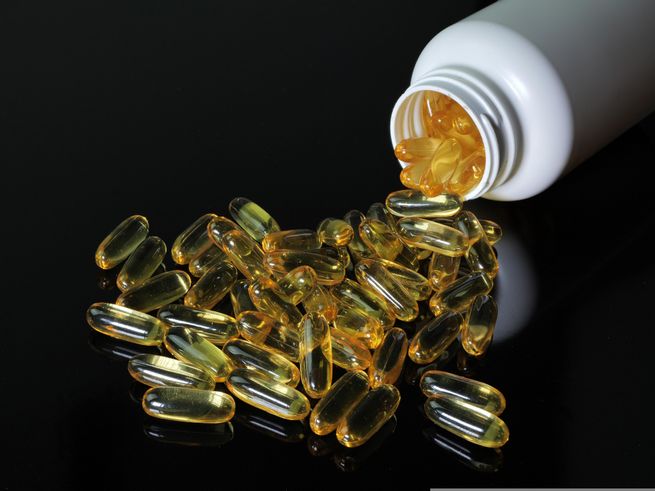El Pregnyl 5000 IU MSD es un medicamento que contiene la hormona gonadotropina coriónica humana (hCG), utilizada principalmente en tratamientos de fertilidad. Su acción farmacológica se centra en la estimulación de los ovarios y la producción de testosterona en hombres, lo que lo hace esencial en varios contextos clínicos. A continuación, se explorará en profundidad cómo funciona este medicamento, sus indicaciones, efectos secundarios y consideraciones importantes.
Mecanismo de Acción
La hCG presente en Pregnyl mimetiza la acción de la hormona luteinizante (LH) en el organismo. Esta hormona juega un papel clave en la regulación del ciclo menstrual femenino y en la producción de espermatozoides en hombres. A través de la administración de Pregnyl, se logra:
- Estimular la ovulación: En mujeres, la hCG induce la maduración y liberación de óvulos, facilitando así la fertilización.
- Aumentar la producción de testosterona: En hombres, la hCG promueve la función testicular, lo que puede ser beneficioso en casos de hipogonadismo o problemas relacionados con la infertilidad.
Indicaciones Clínicas
Las principales indicaciones para el uso de Pregnyl 5000 IU MSD incluyen:
- Tratamientos de fertilidad en mujeres: Utilizado como parte de protocolos de inseminación artificial o tratamientos de fertilidad in vitro.
- Tratamiento de hipogonadismo en hombres: Puede ser prescrito para estimular la producción de espermatozoides y mejorar la función hormonal.
- Síndrome de Klinefelter: En algunos casos, se puede administrar para tratar esta condición genética que afecta a la producción de testosterona.
Pregnyl 5000 IU MSD es un medicamento que actúa como gonadotropina, utilizado en tratamientos de fertilidad. Si estás en España y necesitas adquirir Pregnyl 5000 IU MSD, puedes encontrar más información en Pregnyl 5000 IU MSD españa en.
Efectos Secundarios
Como cualquier medicamento, Pregnyl 5000 IU MSD puede presentar efectos secundarios. Algunos de los más comunes incluyen:
- Dolor en el lugar de inyección: Es habitual experimentar un leve dolor o sensibilidad en el sitio donde se aplica el medicamento.
- Reacciones alérgicas: En raras ocasiones, pueden presentarse reacciones cutáneas o anafilácticas.
- Síntomas gastrointestinales: Náuseas, vómitos o distensión abdominal pueden ocurrir después de la administración.
- Síndrome de hiperestimulación ovárica (OHSS): Un efecto secundario grave que puede surgir en mujeres, caracterizado por un agrandamiento crítico de los ovarios y aumento de líquido abdominal.
Consideraciones Especiales
Es fundamental que el uso de Pregnyl 5000 IU MSD sea supervisado por un profesional de la salud. Algunas consideraciones importantes incluyen:
- Historia médica: Antes de comenzar el tratamiento, se debe informar al médico sobre condiciones preexistentes, especialmente trastornos hormonales o enfermedades del corazón.
- Pruebas de embarazo: En mujeres, se debe confirmar que no exista un embarazo antes de iniciar el tratamiento con hCG.
- Interacciones medicamentosas: Se debe tener precaución al combinar Pregnyl con otros medicamentos, ya que puede haber interacciones significativas.
Conclusión
Pregnyl 5000 IU MSD representa una herramienta valiosa en el ámbito de la fertilidad y la endocrinología. Su capacidad para imitar la LH permite alcanzar resultados positivos en el tratamiento de la infertilidad tanto en mujeres como en hombres. Sin embargo, su uso debe ser guiado por un especialista para minimizar riesgos y maximizar beneficios. Con un seguimiento adecuado, este medicamento puede ofrecer oportunidades efectivas para aquellos que buscan concebir o tratar desequilibrios hormonales.

.









